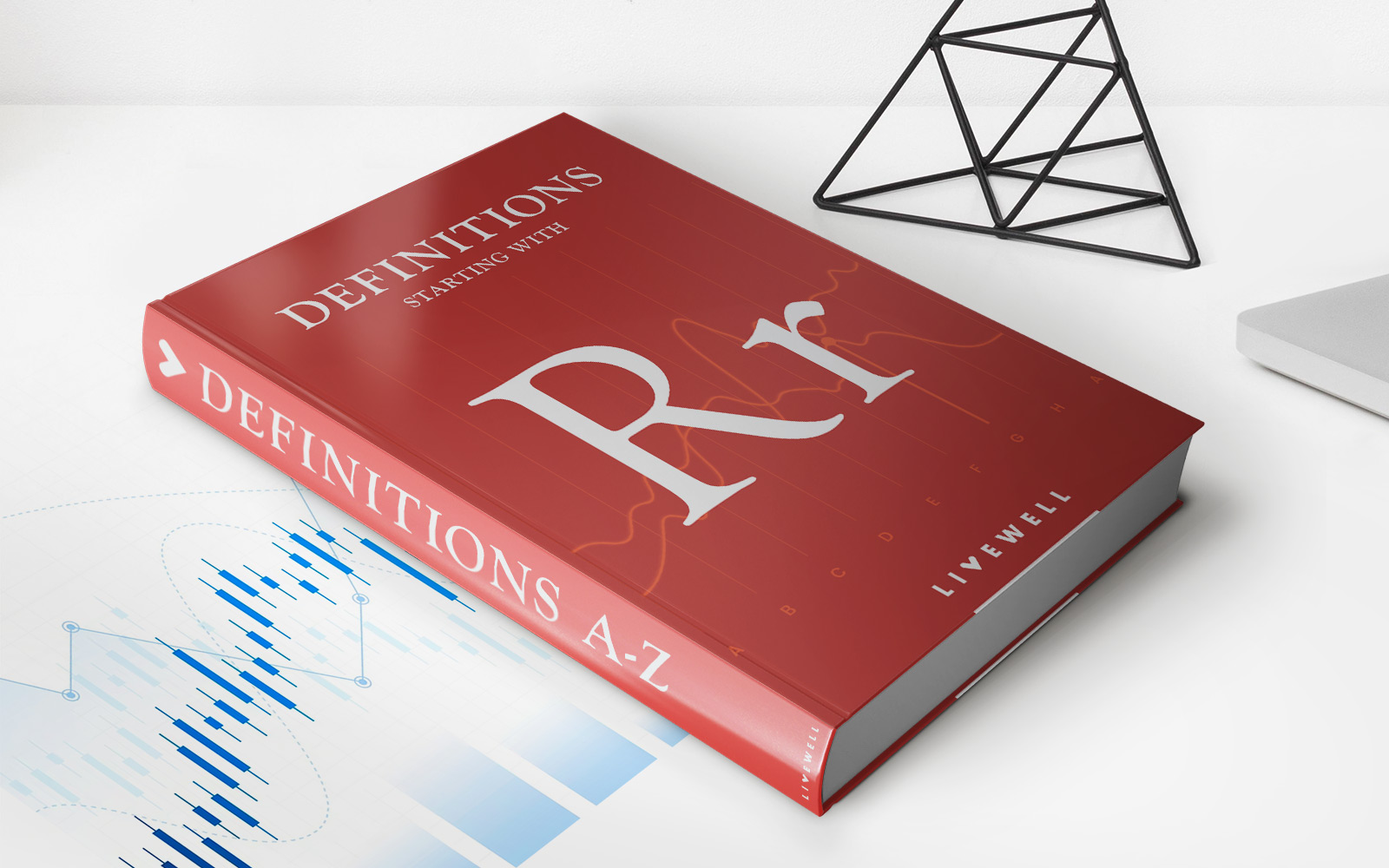Home>Finance>Average Daily Rate (ADR): Definition, Calculation, Examples


Finance
Average Daily Rate (ADR): Definition, Calculation, Examples
Published: October 11, 2023
Learn the definition, calculation, and examples of Average Daily Rate (ADR) in finance. Understand how ADR contributes to financial analysis and decision-making.
(Many of the links in this article redirect to a specific reviewed product. Your purchase of these products through affiliate links helps to generate commission for LiveWell, at no extra cost. Learn more)
What is Average Daily Rate (ADR)?
When it comes to understanding the financial health of a business in the hospitality industry, Average Daily Rate (ADR) is an important metric to consider. ADR refers to the average rate at which a hotel or other accommodation establishment charges per room night, regardless of whether that room is actually occupied or not.
So, how is ADR calculated? The formula is simple: divide the total room revenue by the number of rooms sold or occupied during a particular time period. For example, if a hotel generated $10,000 in room revenue over the course of a month and sold 200 rooms, the ADR would be $50.
Key Takeaways:
- ADR is a measure of the average rate charged per room night by a hotel or accommodation establishment.
- It is calculated by dividing the total room revenue by the number of rooms sold or occupied during a specific time period.
Now that we understand what ADR is and how it is calculated, let’s dive deeper into why it is an important metric for businesses in the hospitality industry. Here are a few key reasons:
1. Measure of Pricing Strategy and Performance
ADR provides valuable insights into a business’s pricing strategy and performance. By analyzing ADR over time, hoteliers can determine whether they are charging the right amount for their rooms. If ADR is consistently low, it may indicate that the hotel is undercharging or not effectively monetizing their offerings. On the other hand, a consistently high ADR may suggest that the hotel is overpricing their rooms, which can result in lower occupancy rates.
Key Takeaway: ADR helps businesses assess the effectiveness of their pricing strategy and determine if adjustments need to be made.
2. Revenue Maximization and Forecasting
By tracking ADR, businesses can optimize their revenue. By strategically adjusting room rates based on demand, hotels can maximize their revenue potential. For example, during peak seasons or when there are high-demand events in the area, hoteliers can increase their ADR to capitalize on the increased demand. On the other hand, during low-demand periods, they can offer promotional rates to attract customers and maintain occupancy rates.
Furthermore, ADR is a crucial metric for forecasting revenue. By analyzing historical ADR data and considering factors such as upcoming events and market trends, businesses can make informed decisions regarding pricing and revenue projections.
Key Takeaway: ADR helps businesses optimize revenue by adjusting room rates based on demand and aids in revenue forecasting.
In conclusion, Average Daily Rate (ADR) is a vital metric for businesses in the hospitality industry. It provides valuable insights into a company’s pricing strategy, performance, revenue maximization, and forecasting. By constantly monitoring ADR and leveraging the data it provides, businesses can make strategic decisions to improve their financial health and overall performance.














